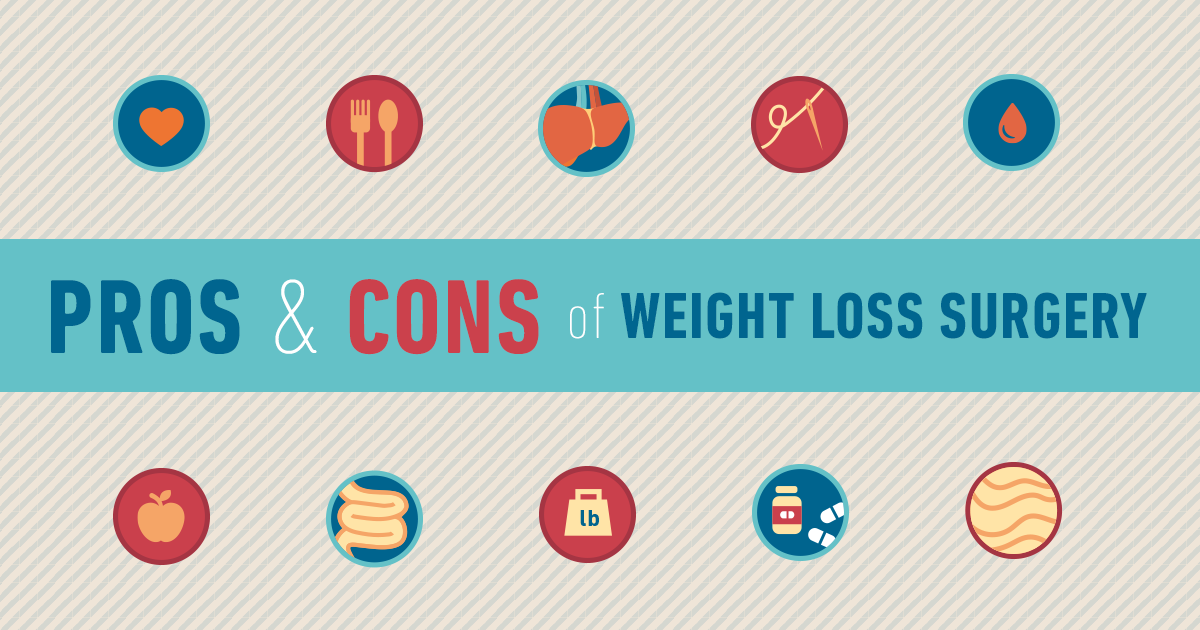Interested In Finding Out About The Distinctions Amongst SMILE, LASIK, And PRK Treatments For The Eyes?
Interested In Finding Out About The Distinctions Amongst SMILE, LASIK, And PRK Treatments For The Eyes?
Blog Article
Material Produce By-McNamara Wilder
If you have actually been thinking about SMILE eye surgery, you could ask yourself just how it stacks up against LASIK and PRK. Each procedure has its own collection of advantages and factors to consider. From quicker recuperation times to possible dangers, there are vital distinctions you need to understand before making a decision. Recognizing these differences will help you make an educated option that lines up with your certain needs and expectations. Interested to know even more concerning exactly how these treatments compare thoroughly? Keep on exploring to gain how long for eyes to heal from cataract surgery of SMILE, LASIK, and PRK.
SMILE Eye Surgical Treatment Review
If you're considering SMILE eye surgery, you'll locate it to be a minimally invasive procedure with a quick recovery time. Throughout SMILE (Tiny Incision Lenticule Removal), a laser is used to develop a small, accurate laceration in the cornea to get rid of a little piece of cells, reshaping it to fix your vision. This varies from LASIK, where a flap is created, and PRK, where the outer layer of the cornea is totally gotten rid of.
Among the crucial benefits of SMILE is its minimally invasive nature, leading to a faster recovery procedure and much less pain post-surgery. The recovery time for SMILE is reasonably quick, with lots of individuals experiencing enhanced vision within a day or two. This makes it a prominent option for those seeking a hassle-free and reliable vision correction treatment. Furthermore, SMILE has been shown to have a reduced risk of dry eye syndrome contrasted to LASIK, making it a desirable alternative for individuals concerned about this possible side effect.
Distinctions Between SMILE, LASIK, and PRK
When contrasting SMILE, LASIK, and PRK eye surgeries, it is very important to recognize the distinctive methods made use of in each procedure for vision correction.
SMILE (Tiny Incision Lenticule Extraction) is a minimally invasive treatment that includes creating a tiny laceration to remove a lenticule from the cornea, reshaping it to deal with vision.
LASIK (Laser-Assisted Sitting Keratomileusis) includes developing a thin flap on the cornea, utilizing a laser to improve the underlying tissue, and afterwards rearranging the flap.
PRK (Photorefractive Keratectomy) removes the outer layer of the cornea prior to reshaping the cells with a laser.
The major difference depends on the method the cornea is accessed and treated. SMILE is flapless, making it a good option for people with thin corneas or those involved in get in touch with sports. LASIK provides quick visual healing because of the flap production, but it might present a higher danger of flap-related problems. PRK, although having a much longer recuperation duration, prevents flap-related problems completely.
Recognizing these variations is critical in choosing the most appropriate treatment for your vision adjustment demands.
Advantages And Disadvantages Comparison
To examine the advantages and drawbacks of SMILE, LASIK, and PRK eye surgical procedures, it's necessary to take into consideration the particular benefits and possible limitations of each treatment. SMILE surgery provides the benefit of a minimally intrusive procedure, with a smaller sized laceration and potentially quicker recuperation time contrasted to LASIK and PRK. It also minimizes the threat of dry eye post-surgery, a common negative effects of LASIK. However, SMILE might have restrictions in treating greater degrees of myopia or astigmatism compared to LASIK.
LASIK surgical treatment provides quick visual healing and marginal pain during the treatment. It's very effective in dealing with a wide variety of refractive errors, consisting of myopia, hyperopia, and astigmatism. Yet, LASIK carries a threat of flap problems, which can influence the corneal structure.
PRK eye surgical procedure, while not as preferred as LASIK, avoids creating a corneal flap, decreasing the risk of flap-related problems. It appropriates for individuals with slim corneas or uneven corneal surfaces. However, which insurance covers cataract surgery has a longer healing time and may entail much more discomfort during the recovery process.
Conclusion
So, when it comes to choosing in between SMILE, LASIK, and PRK, think about it like picking the ideal set of footwear. SMILE resembles a sleek, comfy set of tennis shoes - quick and very easy.
LASIK is a lot more like fashionable high heels - showy and quick, however with some prospective dangers.
PRK is like strong treking boots - reliable and resilient, but calling for a bit more effort and time.
Ultimately, the very best selection relies on your specific needs and choices.
